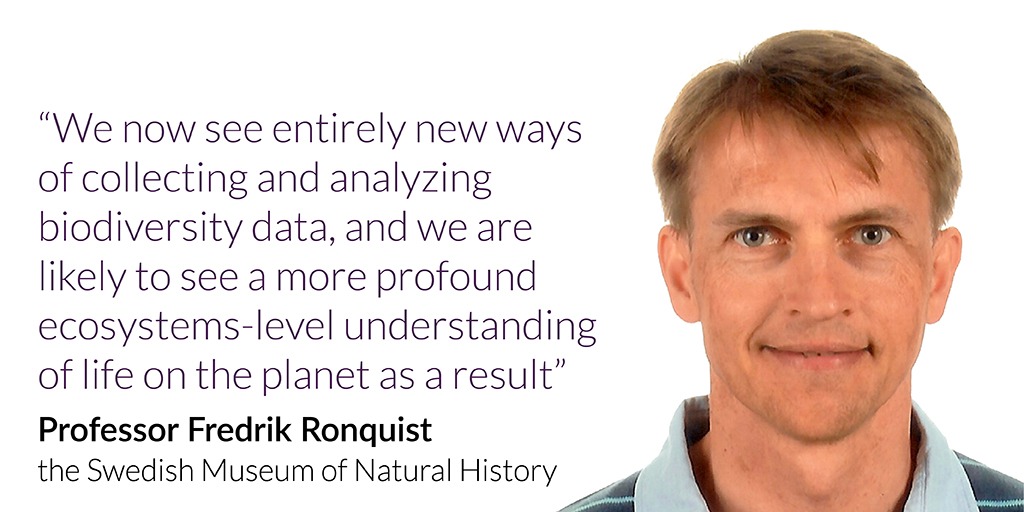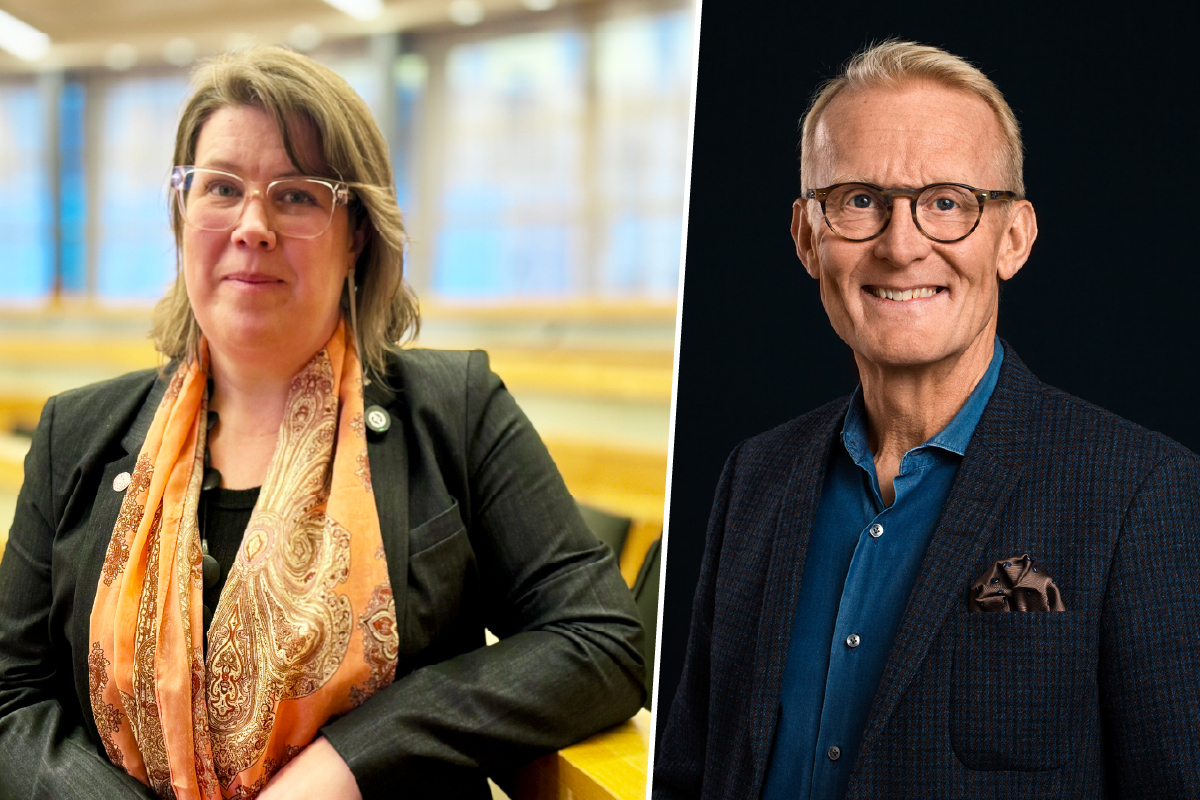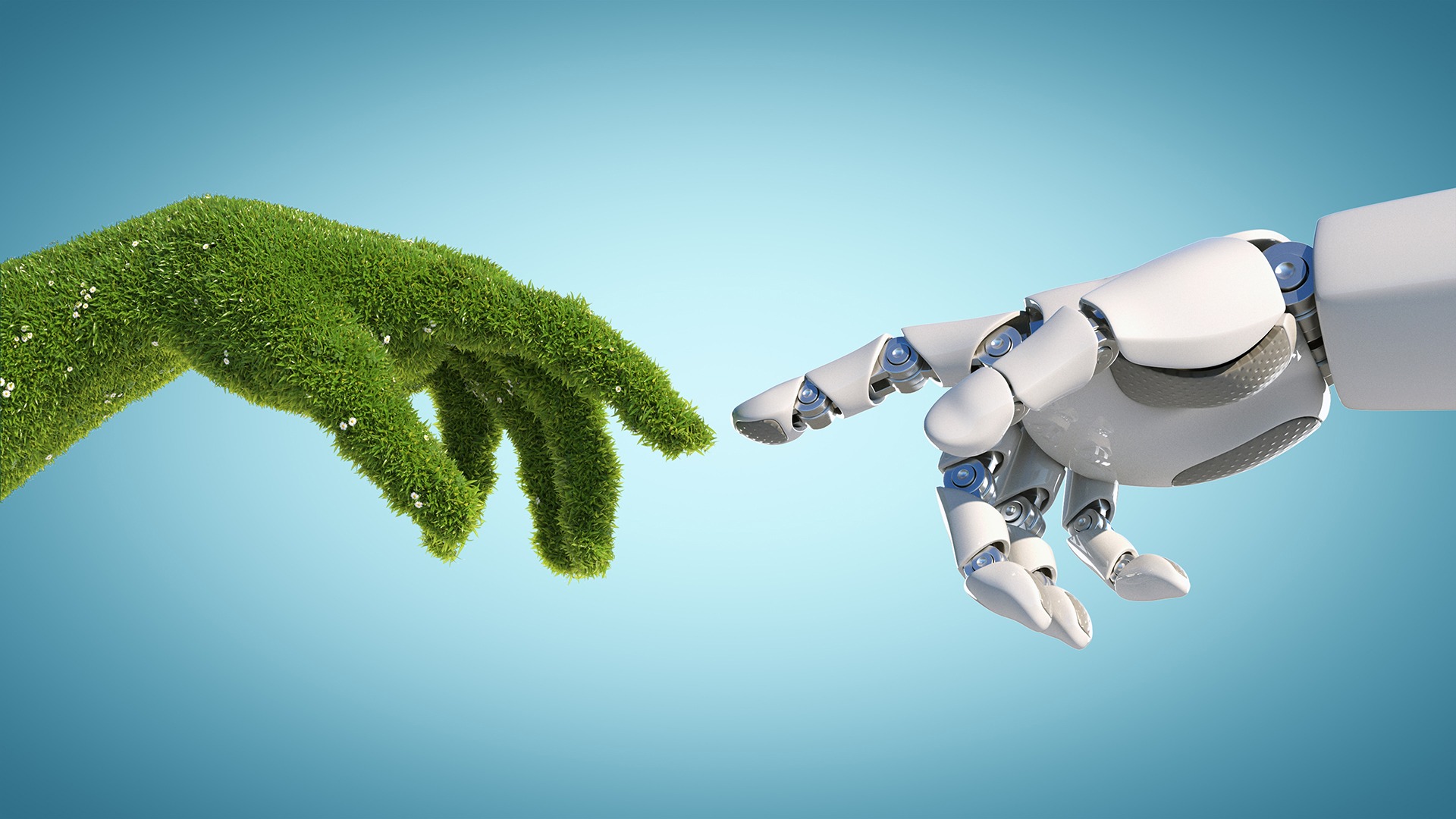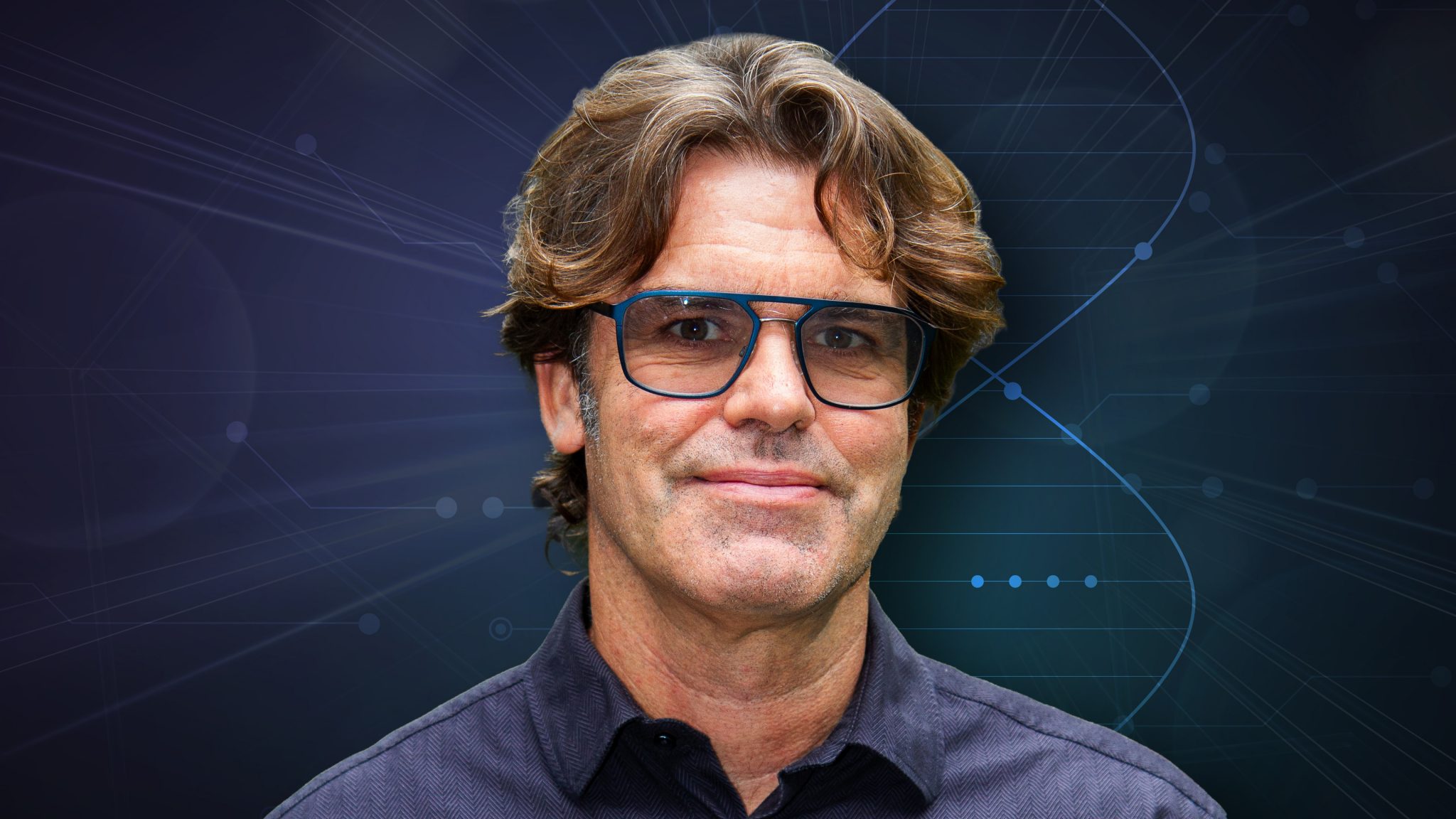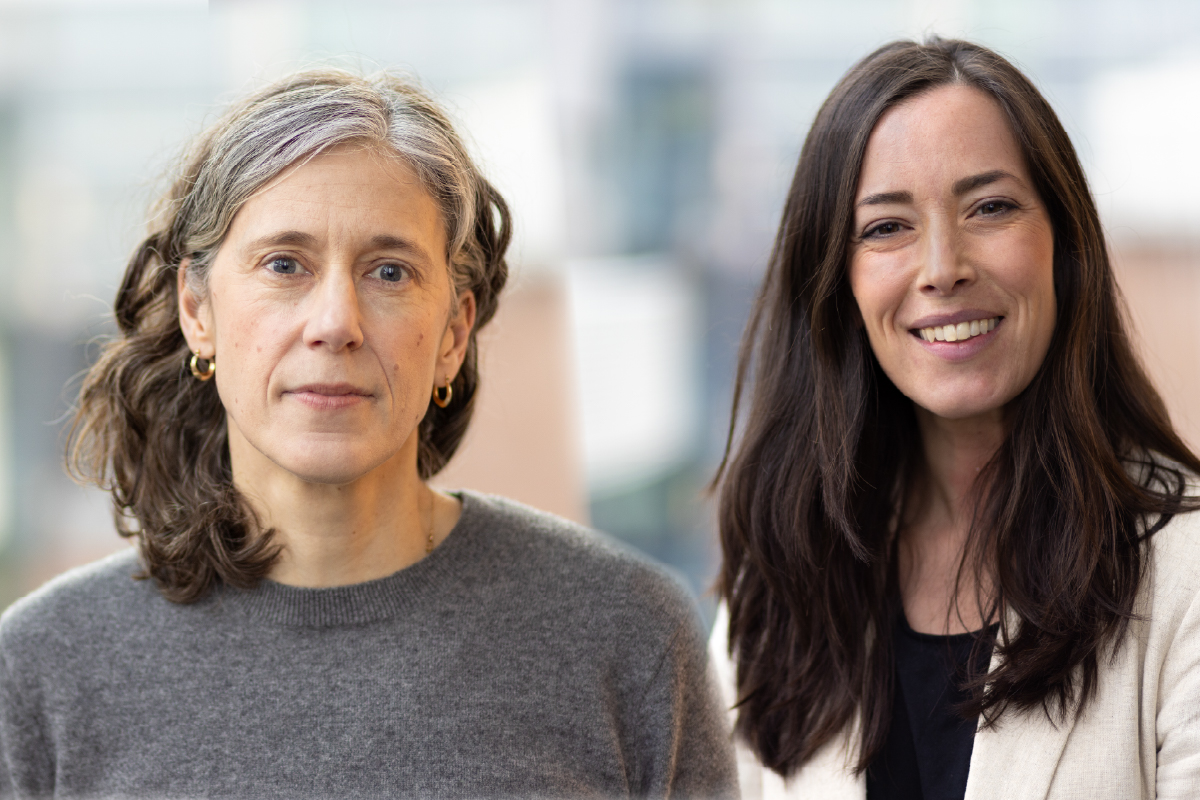Fredrik Ronquist on the evolution and biodiversity field and its role in the DDLS program
“I hope that the DDLS program has placed Swedish evolution and biodiversity research at the forefront in exploring the new data-driven opportunities” envisions professor Fredrik Ronquist in this Q&A, where he dives deeper into the role of evolution and biodiversity in the DDLS program, and the future of the field.
Professor Fredrik Ronquist of the Swedish Museum of Natural History, was recently elected chair of the Evolution and biodiversity research area specific expert group, and will have the coordinating role of the six member group.
The group will for example advise on research area specific strategies and research profiles for the scientific programs of the SciLifeLab and Wallenberg National Program for Data-Driven Life Science (DDLS).
In this Q&A professor Fredrik Ronquist elaborates on how evolution and biodiversity fits into the DDLS program, his hopes and expectations for the program and the future of data-driven research on evolution and biodiversity.
How does evolution and biodiversity dock into the SciLifeLab & Wallenberg National Program for Data-Driven Life Science?
I think the DDLS program is quite timely for the evolution and biodiversity research area, as we currently see an increased interest in big-data analyses. This is driven by the development of new methods for collecting data, and the strong trend towards sharing data openly with the research community. High-throughput DNA sequencing is a key technology, but also imaging and recording of video and sound. Of course, the increased interest is also driven by the emerging methods that allow us to extract useful information from such large datasets. We also see more and more examples of research questions that cannot be addressed without large amounts of data.
In the DDLS program, I think the evolution and biodiversity area could play a key role in bridging research in the other three areas and stimulate groundbreaking interdisciplinary collaborations. Statistical methods developed in the last 50 years or so to study evolution are now key analytical tools throughout the life sciences. Comparative studies, or attempts to infer past events, often rely on these techniques. Even in developing precision medicine, analyses of human evolution can be quite helpful. At the same time, of course, the other three research areas can generate insights that profoundly change our understanding of evolutionary processes. Biodiversity research is still in its infancy, particularly when it comes to the charting of the planet’s diversity of microbes and inconspicuous multicellular organisms, such as insects, mites and roundworms. Perhaps the most exciting opportunity for interdisciplinary interactions with the other three research areas is offered by our rapidly expanding knowledge of the diversity of microbes and microbial symbioses.
A number of DDLS Fellows are currently under recruitment – what are your hopes and expectations that they will bring to the research field?
I am sure that the new fellows will be able to build successful research groups around them but I am also hoping that we can offer a welcoming environment and integrate them successfully in the Swedish evolution and biodiversity research community. I think there are rich opportunities for collaborations that would be rewarding – perhaps even pivotal – for the fellows and at the same time would stimulate new research directions in the rest of the community. And hopefully these efforts can also contribute to the fellows staying in Sweden beyond the end of their fellowships.
The mission of the DDLS program is to act at the global research frontline and have societal impact – could you give an example on that from the field of evolution and biodiversity?
The climate crisis is very much on people’s minds these days. I think it is important to remember that the underlying science is very much about collecting massive amounts of data and building sophisticated models and analysis tools that allow us to understand the consequences of human action based on these data. Without losing focus on climate change, scientists need to move on to the more complex biodiversity crisis and the sustainable development challenges that come with it. We now see entirely new ways of collecting and analyzing biodiversity data, and we are likely to see a more profound ecosystems-level understanding of life on the planet as a result. Based on the new techniques, we can also envision a future planetary system of automated biodiversity “weather stations” that would allow us to analyze the impact of human activities on biodiversity, much as we analyze human impact on climate today. We are well positioned in Sweden to be on both of these front lines, and the DDLS program can help in important ways.
The DDLS program spans over twelve years. If you were allowed to speculate, where has data-driven life science taken research on evolution and biodiversity in 2032?
A decade from now, I think much of evolution and biodiversity research will be data-driven. But I hope that the DDLS program has placed Swedish evolution and biodiversity research at the forefront in exploring the new data-driven opportunities in addressing important scientific questions. In terms of scientific breakthroughs, I envision a much better understanding of evolution at the genome level. Maybe the development of “robot taxonomy” – based on techniques such as microrobotics, single-cell sorting, high-throughput sequencing, automated imaging, and natural language processing – will have helped us, finally, to complete the inventory of life on earth. I expect that we have a much better understanding of the inner workings of ecosystems, and I am hoping that we can effectively use this understanding in steering towards a sustainable future for humanity.
Learn more about the appointed group here
Photo: Naturhistoriska riksmuseet / The Swedish Museum of Natural History
